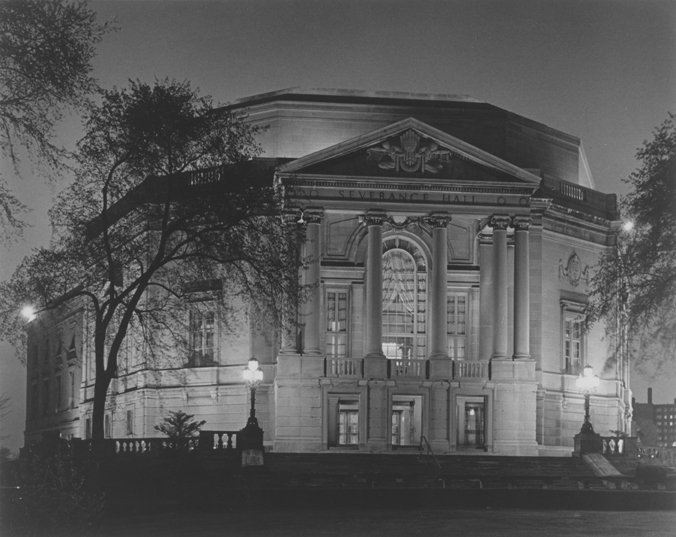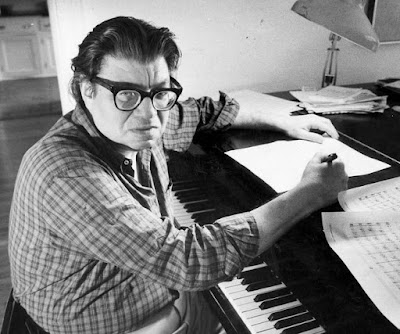by Daniel Hathaway
HAPPENING TODAY:

Also on Friday, CityMusic Cleveland will take you (via the Praxis Fiber Workshop) on an excursion to sunny Italy, where Pytor Tchaikovsky escaped the Moscow winter to compose his Souvenir of Florence.
Details in our Concert Listings.
NEWS BRIEFS:
Cleveland Orchestra music director Franz Welser-Most will retire in 2027 after his 25th year on the job. “That’s one year longer than George Szell, who made the Cleveland Orchestra famous, reports Zachary Lewis. ‘I never thought I would stay this long. It’s important now for the institution to get some fresh ideas,’” the conductor said. Read the cleveland.com story here.
TODAY’S ALMANAC:
by Jarrett Hoffman

Feldman’s close association with John Cage is well known, as is the influence of Abstract Expressionists on his music — and those two facts are related. It was through Cage that Feldman was introduced to such artists as Robert Rauschenberg and Sonja Sekula.
And how did Feldman meet Cage? Here’s where that impulse comes in — it was at a concert by the New York Philharmonic, in the lobby, after both had decided to leave following the audience’s disrespectful reaction to Anton Webern’s Op. 21 Symphony. (They did not stay for the following work, which depending on the account was either by Tchaikovsky or Rachmaninoff.)
If only we could all know when in life impulsiveness is a good thing! (I guess then it wouldn’t be impulsive…) Anyway, Feldman chose wisely.
Before reading further, let’s do an experiment — take a moment to listen to a little bit of Feldman’s Intersection I (1951), just enough to get a taste.
Did you do it? I’m waiting…
At the encouragement of Cage, Feldman began to develop nontraditional, graphic forms of notation that left such elements as pitch up to the choice of the performer. In Intersection I, as Samuel Clay Birmaher writes in an article for New Music USA,
Notes are represented by boxes on a grid. Pitches are not specified; instead, the vertical placement of the box represents the low, middle, or high range of the instrument, from which each player individually selects a note. Players on the same part begin notes on their own, but release together…
Understanding how the notation functions can make a big difference in following along with and appreciating the music. Listen again and see what you think.
You can’t do Feldman justice without noting his late style of extreme length in his music. As Tom Service writes in an article for The Guardian, after listening to these works,
My sense of time had been altered, so intently focused was I on the way the music changed from note to note and chord to chord…You don’t really listen to these pieces, you live through them and with them. By the end of the Second String Quartet, I felt it was living inside me too.
Even without listening to all 84 minutes of the 1985 Piano and String Quartet, you can get a strong sense of what Service means by that. Listen here.



